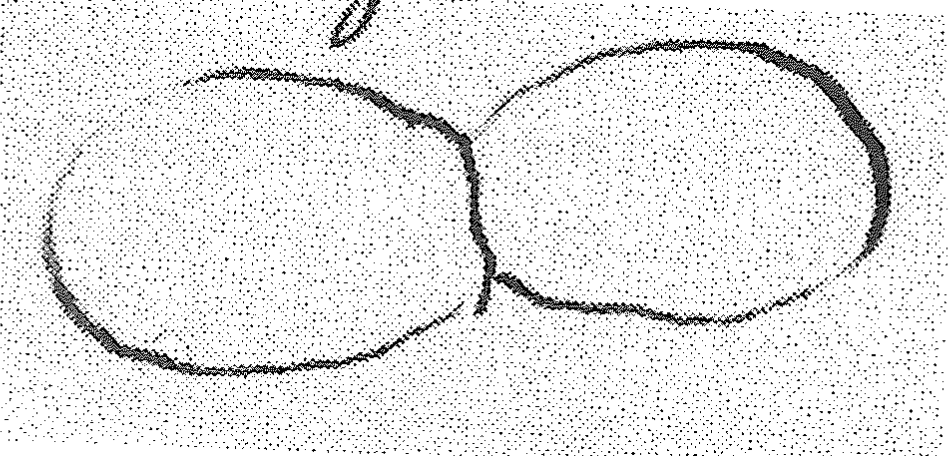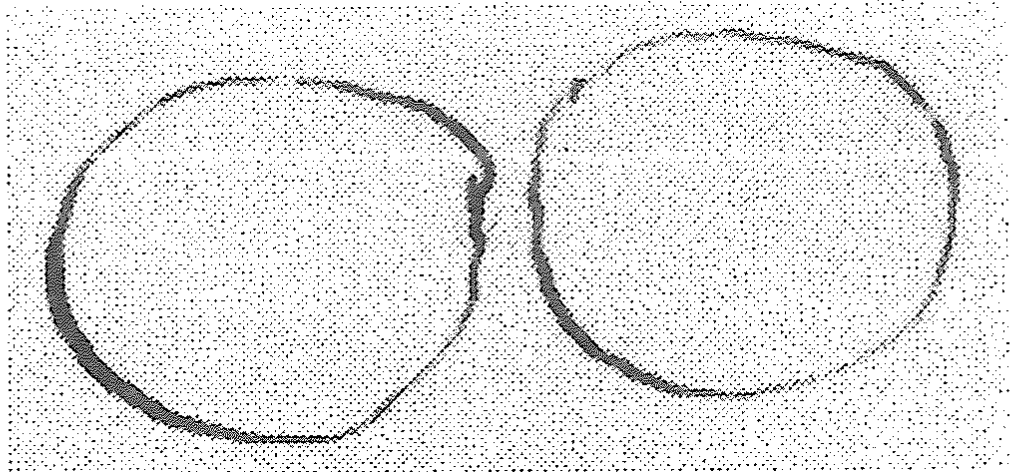William Whewell to Faraday 30 January 1853
Trin. Lodge, Cambridge | Jan. 30, 1853
My dear Dr Faraday,
As I expected, a single line1 from you has turned my darkness into day. I ought never to have been so dark; and I believe I had formerly understood you better; but I have not attended to such subjects for a long time; and turning to them again for a few hours, I found myself in a puzzle of which you had the result, and which is now quite dissipated. I think, at the same time, that it may be useful to others of your readers that you should draw some figures in which you delineate the currents inside the magnets; for readers are much led by the eye. To explain my getting into such perplexity, I may say that I have been generally in the habit of thinking of your curves as identical with the old magnetic curves, which only give the active part of the curves. Also, when I gave you the word sphondyl 2 I thought rather of a solid generated by the revolution of this figure

than this.

though the word may describe either. The sphondyl is in fact an annulus described by the revolution of a closed curve round an axis.
You will find a calculation of the properties of the magnetic curve, besides the places you have mentioned, in Leslie’s3 Geometrical Analysis (1821)4 but undoubtedly I have seen it in much older books.
With regard to Newton’s views of lines of force, I have given some account of them, as well as of other ways of expressing gravity, in the Philosophy of the Inductive Sciences. B. III. Ch. IX, Sect. 75[.]
I know that you try carefully to keep yourself free from all assumptions as to the mode and machinery of the actions which you investigate: but I think the incautious followers of the same line of speculation may run into something very like Descartes’6 system of vortices 7. I do not at all mean that because it is a system of vortices it must be wrong; but if it be that it must be an assumption which requires a good deal of proof.
Believe me dear Dr Faraday | Yours very truly | W. Whewell
Bibliography
LESLIE, John (1821): Geometrical Analysis, and Geometry of curve lines, Edinburgh.
WHEWELL, William (1840): The Philosophy of the Inductive Sciences, founded upon their History, 2 volumes, London.
Please cite as “Faraday2633,” in Ɛpsilon: The Michael Faraday Collection accessed on 3 May 2024, https://epsilon.ac.uk/view/faraday/letters/Faraday2633